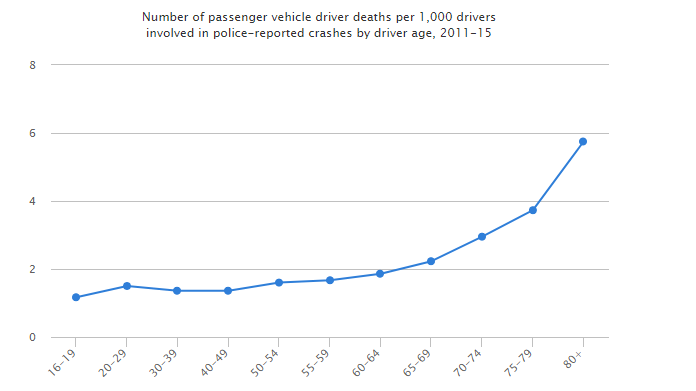According to Indiana Traffic Law under IC 9-19-11-2, children ages 8-16 are required to ride properly restrained in a child restraint system or seat belt.3 This law applies to all seating positions in all vehicles. It is important to properly secure children in safety seats to keep them safe. To prevent child passenger injuries, IDOH provides funding for statewide Booster Bashes—event that offer free car seats and education for parents about proper car seat fittings. The funding also covers scholarships for injury prevention workers to become certified Child Passenger Safety Technicians. Additional resources provided by IDOH are listed below.
Trauma Hospital Car Seat Grant Application
To support with trauma hospitals' car seat needs and procurement, IDOH offers a grant application system wherein trauma centers can apply and receive up to 100 car seats per request upon approval. To access the application form and further information, please click the link below:
Trauma Hospital Car Seat Grant Application
IDOH Child Passenger Safety Technician
To become a Child Passenger Safety Technician, visit the Safe Kids website. IDOH offers a reimbursement program to cover the costs of the training where recipients can be reimbursed up to $200 for taking the 3- to 4-day training. For the reimbursement forms, please see the links below:
Host a Booster Bash in your county! The Booster Bash Toolkit is a resource to help you plan and hold a successful event. The information inside serves as a guide to a Booster Bash and can be adapted to serve your community’s needs.
Resources:
Indiana has certain child seat requirements; the criteria is listed below:

Heatstroke Prevention
Vehicle heatstroke occurs when a child is left in a hot vehicle causing the child’s body temperature to rise in a quick and deadly manner. It is vitally important to understand that children are more vulnerable to heatstroke than adults.
Prevention Tips
LOOK before you LOCK. Make it a habit to look inside the car before you lock it, and try these tips to avoid putting children at risk of heatstroke.
TAKE ACTION if you notice a child alone in a car! Protecting children is everyone’s business—learn what to do if you see a child alone in a car.
Resources



